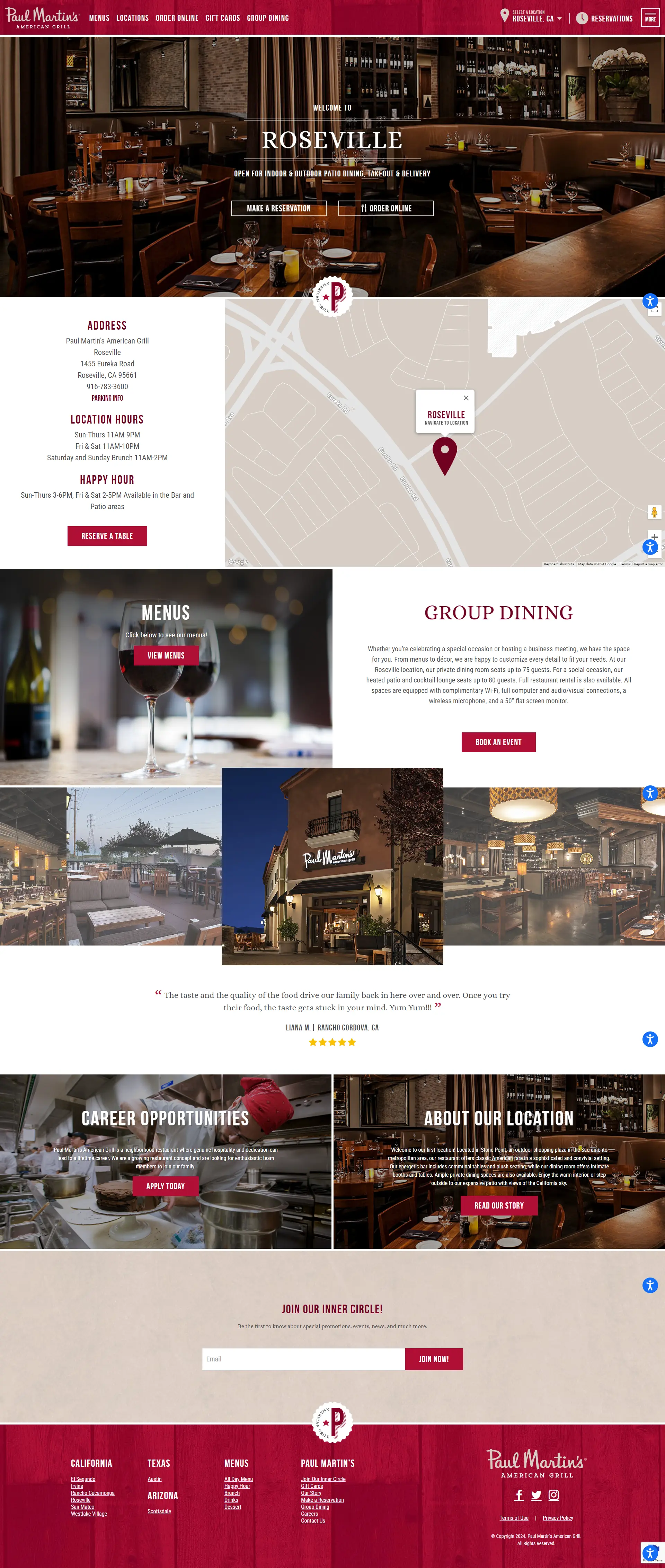Ever find yourself scratching your head, wondering how long a blog post should be to get Google’s attention? You’re not alone. I’ve been navigating the SEO landscape since the days of Panda and Penguin, and let me tell you, the rules of the game have changed drastically.
At MNKY.agency, we don’t play the numbers game. If a topic needs 4,000 words to be fully explored, then so be it. But if the same message can be delivered crisply in 500, we’ll go with that. Because at the end of the day, it’s about delivering value to the reader, not hitting a word count target.
From Keyword Stuffing to Quality Content: The SEO Evolution
Remember the pre-Panda days? The internet was flooded with keyword-stuffed articles that read like a thesaurus exploded. The idea was to cram in as many keywords as possible, hoping to game the system. Then came Panda in 2011, and Google basically said, “Enough is enough.”
Suddenly, quality and relevance became the new kings. Some overcompensated with pillar content, turning simple topics into monstrous reads. But readers saw through it. That’s why Google introduced featured snippets and AI Overviews – to give users quick, concise answers.
Enter RankBrain: User Satisfaction is King
Google’s RankBrain algorithm changed the game yet again. Now, it’s not just about keywords; it’s about understanding the user’s intent and providing the most relevant, helpful content.
Long-form content still has its place, especially for complex topics. But don’t stretch a topic just for the sake of it. Let the content dictate the length, not the other way around.
Practical Tips from the Front Lines
In my 20 years in the industry, helping over 100 clients climb the Google ranks, I’ve learned a few things:
- Know Your Audience: How do they consume content? What are their pain points? Tailor your content to their needs.
- Check Out the Competition: See what’s working for top-ranking articles. This will give you a sense of the depth and length you should aim for.
- Visuals Matter: Break up those long posts with images, infographics, and videos. Keep things visually appealing and engaging.
As Bruce Clay, the Godfather of SEO himself, once said, “Words don’t matter, content and the target audience decide the success.”
Back It Up with Data
Studies show that while longer content can perform well, it’s the quality that truly matters. At Stan Ventures, we’ve analyzed our own data and found that the average engagement time is around 6 minutes, translating to about 1200 words. But don’t take our word for it – check out studies from Backlinko and HubSpot. They all point to the same conclusion: quality trumps quantity.
Consistency is Key: How Often to Post
Now, let’s talk about frequency. There’s no magic number, but here’s a general guideline:
- Small/New Blogs: 1-2 posts per week
- Medium Blogs: 2-3 posts per week
- Large/High-Traffic Blogs: 3-5 posts per week
Remember, Google likes to see that you’re active and consistently producing fresh content.
The Winning Formula: Quality Content + Off-Page SEO
At the end of the day, the winning formula is simple: create content that’s better than what’s already out there, and support it with a strong off-page SEO strategy (think backlinks, social shares, etc.).
So, next time you’re staring at a blank screen, wondering how many words to write, remember: it’s not about length, it’s about substance. Focus on creating valuable content that resonates with your audience, and the rest will follow.















